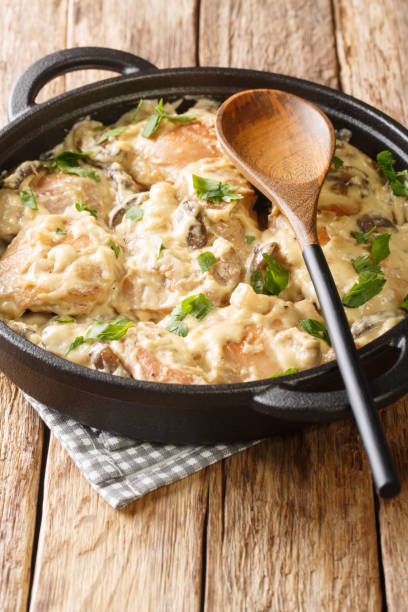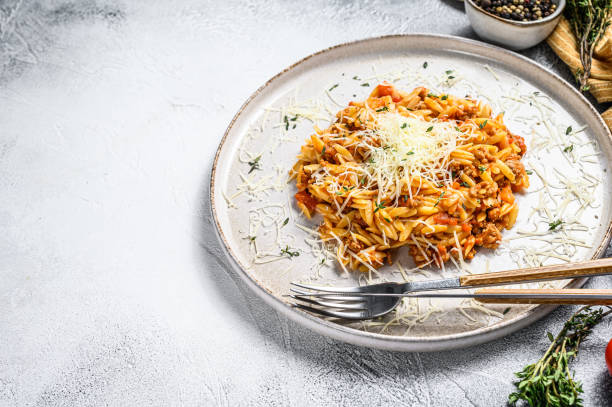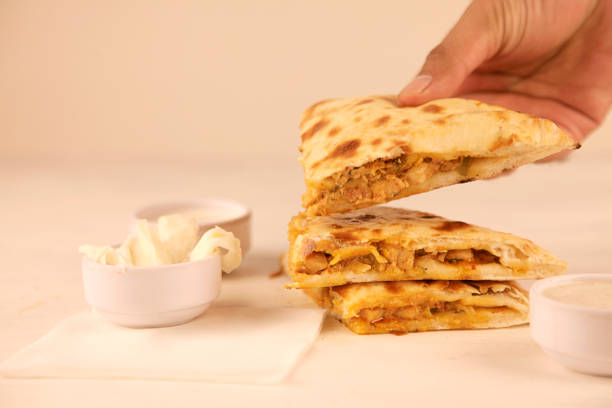What are the Benefits of Salad in Your Diet?
This post contains affiliate links. This means I will make a commission at no extra cost to you should you click through and make a purchase. Read the full disclosure here.
Have you ever wondered what the benefits of salad in your diet are? Do you know what ingredients go into a salad? For those who may not know, salad is a dish made of a variety of green and/or leafy vegetables and delectable dressings. They can be very healthy and nutritious. They’re perfect for those looking to increase their fruit and green vegetable intake. If you’re looking to maintain a healthier lifestyle, include more salads in your diet.
Salads vary in size and presentation. You can assemble them as a single or double-serving meal or as an appetizer or as a side dish. The combinations are endless.
If you are wondering what salad you may incorporate into your diet, this article is for you.
Table of Contents
What are Some Kinds of Salads out There
Salads can be used as a separator and the main course at times. But most often you would use it as a starter before your meal. The only thing you must realize is you must match it with the rest of your menu. If you are having fresh fruit and cheese for dessert, well then you would want to pair it with salad.
For a festive meal, serve a colorful salad that is low in calories. This is a good idea for everyday meals, too.
Green Salad
The tossed green salad may consist of one kind of green, leafy vegetable, or several kinds combined. A variety of fresh or canned fruits may be used on a bed of green lettuce or watercress with a mound of cottage cheese in the center. Avocado adds flavor, texture, and color contrast.
A green salad is important to your daily diet. It can help improve your appearance and increase your vitality.
A fruit or vegetable salad in a meal adds contrast in texture, flavor, and color. Another purpose of a salad is to balance the nutritionally. Salads can help in controlling overweight because they add fiber but few calories to the diet. Calories range from 5 to 15 for a salad with lemon dressing. They vary according to the kind of salad and the type and amount of dressing used.
Strawberries circling a slice of pineapple make a fruit salad that is moderate in price when both fruits are in season. This combination is beautiful to look at and delicious as a dessert. Chopped or ground cranberries, oranges, and apples make a seasonal accompaniment to a holiday meal.
Melon balls or cubes make an attractive summer salad. Taking advantage of seasonal fruits is economical and adds variety to your salads.
Chef’s Salad
Chef’s salad can be used as a main dish. It consists of tossed greens and 80 L of meat, poultry, or seafood per serving. The meats should be cut into pieces large enough to be recognizable. Diced sharp cheese may also be used. Egg sections or slices are used to garnish the salad. For best flavor the meat may be prepared ahead of time and allowed to marinate with the dressing.
Green salad may also be prepared in advance, ready to toss, stored in the refrigerator in the plastic bag.
Potato salad, hot or cold, may be used as a main dish when a source of protein is added. The protein source could be cooked ham, frankfurters, eggs, or cheese.
Gelatin Salads
Gelatin salads may be served as a salad or as a dessert. Small pieces of vegetables, fruits, meats, fish, cheese, or poultry, or a combination of these may be molded into the gelatin. An advantage of a gelatin salad is that it seals in the other foods. Thus there is no loss of vitamins from oxidation. It is well-suited to the diets of small children and some elderly people.
When preparing salads What are the four basic points to remember?
There are four basic points to remember about salad ingredients. They should be fresh, clean, cold, and crisp. A salad is no better than the quality of its ingredients.
Assemble your equipment and ingredients before you begin. Just before serving, tear the greens in bite-size pieces. Do not cut the leaves with a knife or they will show bruises. As with all foods, pieces should be large enough to keep their shape, but not so large as to be unmanageable for eating.
Making Salad Dressings
Salad dressings cannot hide poor – quality ingredients. They can, however, bring out the flavor of good ingredients. There are three kinds of basic dressings:
- French dressings; oil, vinegar, and seasoning
- Mayonnaise: oil, egg, and seasonings whipped to a smooth, stiff emulsion
- Cooked or boiled dressing
Each of the three basic dressing may include other ingredients for variety. Favorite herbs and spices, bleu or Roquefort cheese, or chili sauce may be added to dressings. Many ready-to-use or ready-to-mix dressings are available.
When you are in doubt, French dressing is always a good choice. Making your own French dressing is less expensive than buying commercial brands, and you can add your own touches.
You can choose an oil high in linoleic acid for greater nutritive value. Lemon and lime juice add vitamin C as well as flavor. Wine and tarragon vinegar alter the flavor, too. The oil contains 125 calories per 15 Ml (1 T). By using two parts vinegar or lemon juice to one part oil you can reduce calories in French dressing by two-thirds.
Add chili sauce to mayonnaise and you have Russian dressing. Add diced pickle or horseradish to mayonnaise for a tartar sauce to use with fish.
Tossing Salads
Mix seasonings ahead of time. Experiment with mint, chives, and rosemary in a fruit salad. Try chives, parsley, basil, or tarragon in a salad of greens. For added flavor, consider using freshly ground pepper, garlic-flavored toast cubes, bits of cheese, or crumbled bacon.
When you bring the bowl of salad to the table, pour the seasoning mixture over the ingredients. Then add the dressing. Bring a fork and spoon from the bottom of the bowl up through and over the ingredients, then add the dressing. Bring a fork and spoon from the bottom of the bowl up through and over the ingredients. Toss very gently until all the ingredients are moist and glistening but still firm. Use only enough dressing to coat the salad, leaving very little in the bottom of the bowl. Spoon the salad lightly onto salad plates and serve.
Conclusion
Salads fill you full of the nutrients you need to maintain a healthy and balanced weight. The fact that it’s eaten cold allows your digestive system to get the chance to digest the food before loading in anything else. It also helps with any bloating you might have. At the end of it all, you can’t discount the health benefits of eating salad. It does a lot for your body and your health, so if you make a salad a permanent staple in your diet, or at least do it once a week or so, there’s no doubt that you’ll be better off for it.







